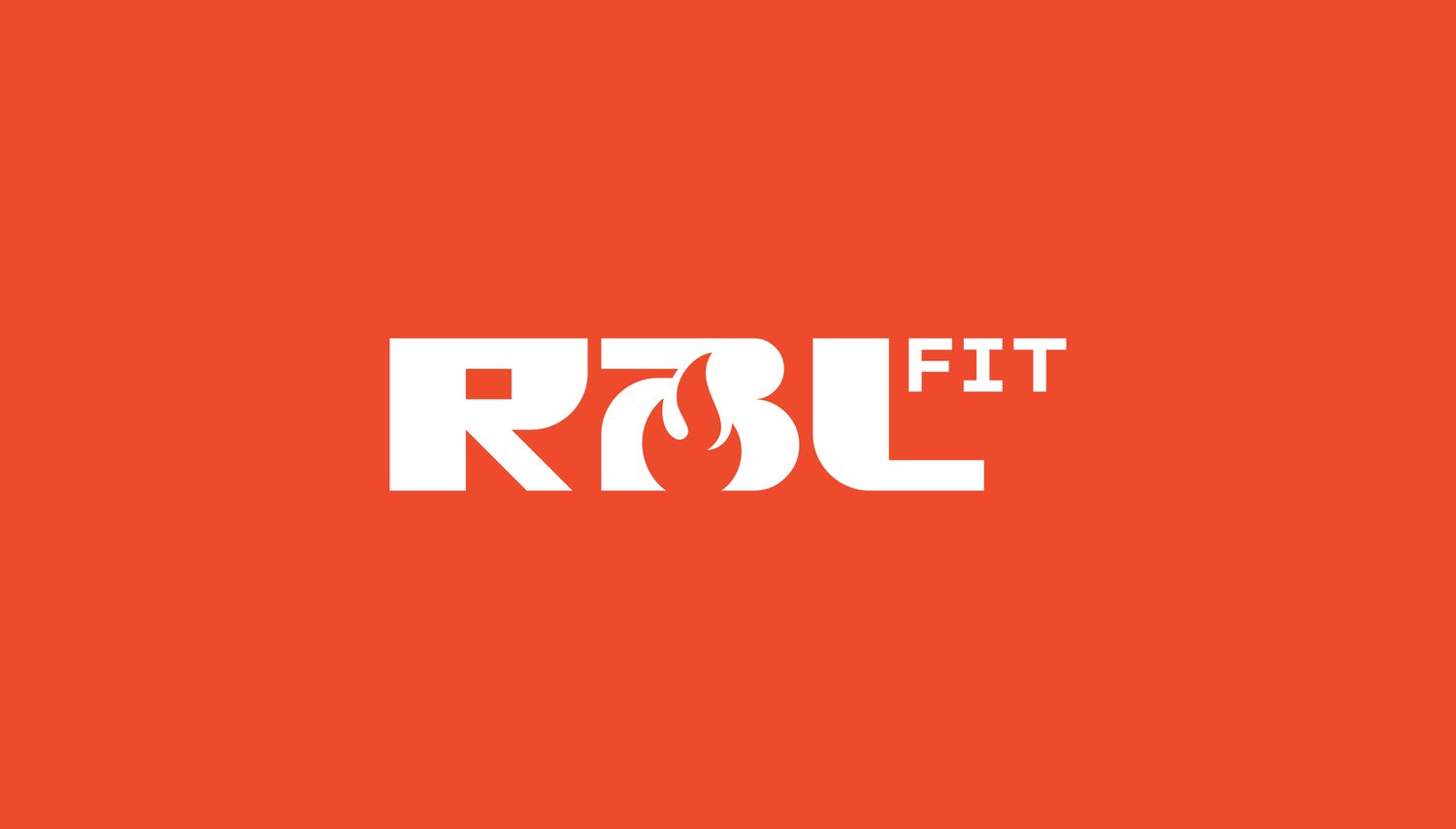The Ultimate Guide to Building a Stronger Deadlift
The deadlift is often called the king of all lifts—and for good reason. It’s a full-body movement that tests your strength, discipline, and technique. Whether you’re a beginner or an experienced lifter, there’s always room to improve. At RBLfit, we’re here to help you lift heavy with confidence. Let’s break down everything you need to know to take your deadlift to the next level.
1. Master the Basics of Deadlift Form
Before you focus on increasing weight, perfecting your form is essential to avoid injury and maximize efficiency. Here’s how to set up your deadlift:
Stance: Stand with your feet shoulder-width apart, toes pointing slightly outward.
Grip: Use an overhand grip, mixed grip, or hook grip, depending on your preference and experience level.
Bar Placement: Keep the barbell over the midfoot, close to your shins.
Back Position: Maintain a neutral spine—no rounding or overextending.
Pull: Engage your core, drive through your heels, and keep the barbell close to your body as you lift.
Pro Tip: Film yourself lifting to identify and correct any form issues.
2. Incorporate Accessory Exercises
Building a stronger deadlift requires strengthening the supporting muscles. Include these accessory lifts in your training:
Romanian Deadlifts (RDLs): Targets the hamstrings and glutes.
Barbell Rows: Builds upper back strength for better bar control.
Deficit Deadlifts: Increases range of motion and explosiveness.
Good Mornings: Strengthens the posterior chain and lower back.
Front Squats: Improves core stability and quad strength.
3. Focus on Progressive Overload
To lift heavier, you need to challenge your body consistently. Progressive overload is key:
Gradually increase the weight on the bar.
Add more reps or sets to your routine.
Reduce rest times between sets to build endurance.
Incorporate pauses at key points, like just above the knees, to build strength at weak spots.
4. Optimize Your Recovery
Strength gains happen during recovery, not just in the gym. Ensure you’re giving your body what it needs:
Nutrition: Fuel up with protein for muscle repair and carbs for energy. Consider a post-workout shake like RBLfit’s protein formula.
Sleep: Aim for 7-9 hours of quality sleep per night.
Active Recovery: Incorporate stretching, foam rolling, or yoga to keep muscles loose and mobile.
5. Address Common Weak Points
Identify where you struggle most during the lift and tailor your training accordingly:
Off the Floor: Strengthen your quads and hamstrings with deficit deadlifts and paused squats.
Lockout: Target your glutes and traps with hip thrusts and rack pulls.
Grip Strength: Use farmers carries, barbell holds, or fat-grip training to improve your grip.
6. Deadlift Variations to Keep Progressing
Switching up your deadlift style can help target different muscle groups and prevent plateaus:
Sumo Deadlift: A wider stance shifts emphasis to the hips and quads.
Trap Bar Deadlift: A neutral grip reduces strain on the lower back.
Snatch-Grip Deadlift: Increases range of motion and builds upper back strength.
7. Set Realistic Goals and Track Progress
Progress takes time. Focus on achievable milestones, like adding 5-10 lbs to your deadlift every few weeks. Keep a training log to track sets, reps, weights, and how you feel after each session.
8. Stay Consistent and Patient
Strength takes discipline and time to build. Trust the process, stay consistent, and don’t let plateaus discourage you. Each session brings you closer to mastering the lift and breaking your personal records.
Conclusion: Lift Heavy, Lift Smart
Building a stronger deadlift isn’t just about lifting heavier weights—it’s about mastering your form, targeting weak points, and supporting your progress with smart recovery and nutrition. With the right plan and mindset, you can achieve your goals and redefine your strength.
#Lift #StrengthTraining #Routines

